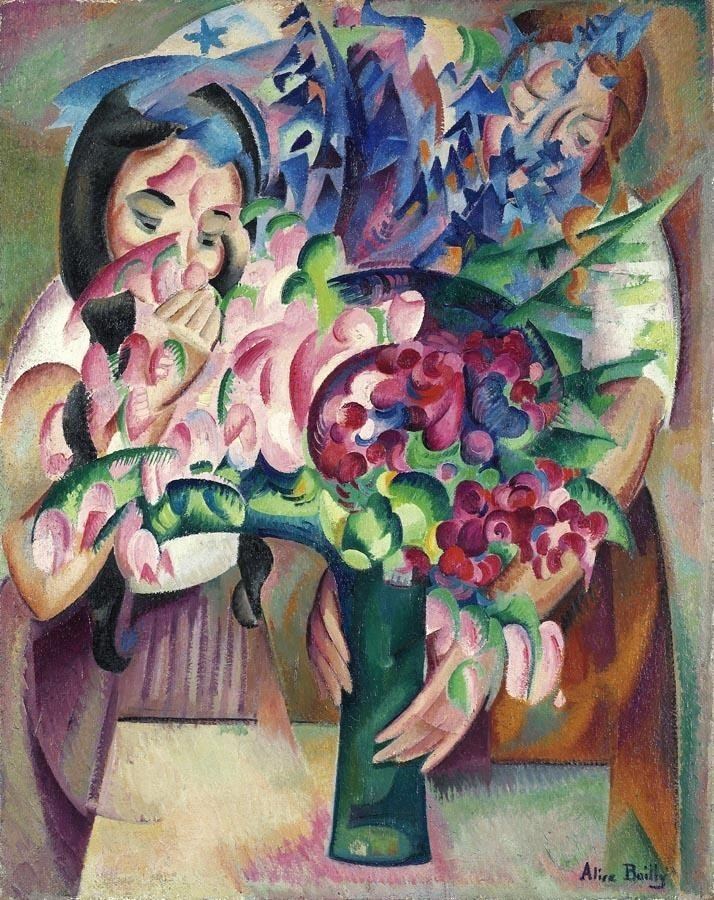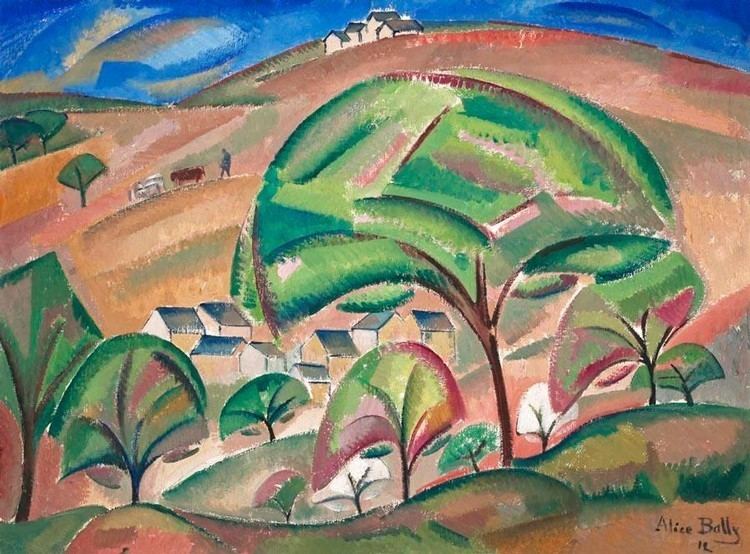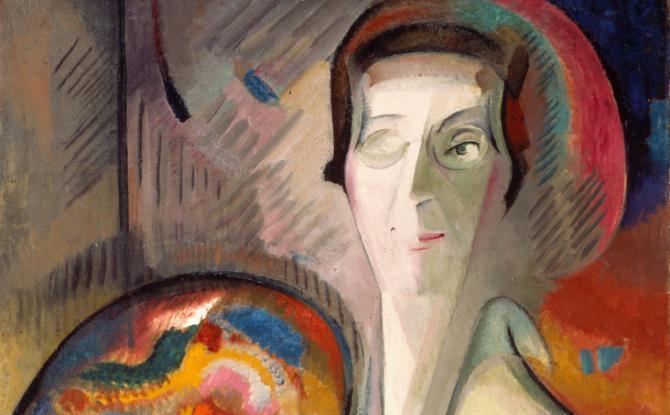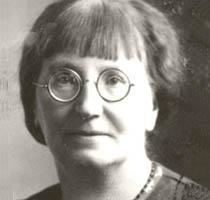Name Alice Bailly | ||
 | ||
Education Ecole nationale superieure des Beaux-Arts | ||
Alice bailly brahms adagio
Alice Bailly (25 February 1872 – 1 January 1938) was a radical Swiss painter, known for her interpretations on cubism, fauvism, her wool paintings, and her participation in the Dada movement. In 1906, Bailly had settled in Paris where she befriended Juan Gris, Francis Picabia, and Marie Laurencin, avant-garde modernist painters who influenced her works and her later life.
Contents
- Alice bailly brahms adagio
- Alice Bailly 1872 1938 Cubism Dada Post Impressionism Swiss
- Education and early career
- Inspiration and Fauvism
- Cubism and wool paintings
- Dadaism
- Salon de Independents
- Famous works
- Later life
- References

藝苑掇英 Alice Bailly 愛麗絲·比利 (1872-1938) Cubism Dada Post-Impressionism Swiss
Education and early career

Bailly was born in Geneva, Switzerland, where she attended the École des Beaux-Arts and took women's-only courses. During her time there she studied under Hugues Bovy and Denise Sarkiss. She later studied in Munich, Germany. By 1904 she had moved to Paris, where she befriended a number of notable modernist painters such as Juan Gris, Francis Picabia, Albert Gleizes, Jean Metzinger, Fernand Léger, Sonia Lewitska and Marie Laurencin.
Inspiration and Fauvism

While in Paris exhibiting her wood engravings, she became interested in Fauvism. What drew Bailly to fauvism was the "style's bold use of intense colors, dark outlines, and emphatically unrealistic anatomy and space." Her paintings in this style were eventually shown in the Salon d'Automne in 1908 along with many other distinguished Fauv painters.
Cubism and wool paintings
In 1912, Bailly's work was chosen to represent Swiss artists in an exhibit that traveled through Russia, England, and Spain. After this, she became immersed in Futuristic aesthetics and the avant-garde. At the start of World War I, Bailly returned to her native country of Switzerland and invented her signature "wool paintings," which were her own variations of Cubism. The style consisted of short strands of colored yarn that acted as brush strokes. She made about 50 of these wool paintings between 1913 and 1922.
Dadaism
During World War I, the Dada phenomenon came about, of which Bailly was briefly involved with. The movement, beginning in Switzerland, consisted of a variety of art forms and aimed to provoke violent reactions out of its viewers, not to please the public eye. Many believe modern performance art was developed because of this movement.
Salon de Independents
The Salon de Independents was established in 1884 for artists who did not meet traditional standards of artistic style at the time. The society was open to everyone and allowed female artists a venue to exhibit their works. Alice Bailly was regularly exhibited in the society, along with many other female artists specializing in cubism. Pieces featured in the 1913 Salon de Independents, as well as those at the 1914 Salon d'Automne were criticized in er home of Geneva as being "humbug, or worse, cerebral devagations provoking ocular disease and headaches."
Famous works
Bailly's most famous work is said to be her painting titled "Self Portrait," painted in 1917. The painting represents a more avant-garde approach to self-portraits than was normally accepted at her time. The painting incorporates many styles. Her three-quarter-turned pose indicates a traditional self-portrait, while the red, orange and blue hues show Fauve influences. When looking at her arms and hands, the arching lines represent the influence of Italian Futurist art.
Some of her other notable works include "At the Ball" (1927), "The Battle of Tolochenaz" (1916), "Geneva Harbor" (1915), "Landscape at Orsay" (1912), and "Vacation" (1922).
Later life
In 1923 she moved to Lausanne and remained there until her death. In 1936, the Theatre of Lausanne commissioned her to paint eight large murals for the foyer. This daunting task led to the exhaustion which many speculate contributed to her death in 1938 of tuberculosis. In her will, she established a trust fund to aid young Swiss artists with the money made through the sale of her art.
